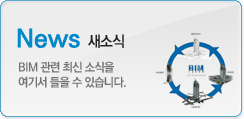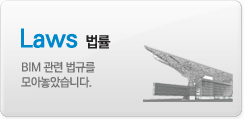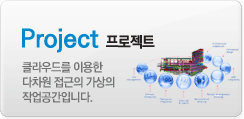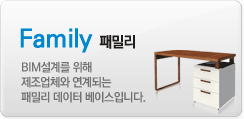|
|
Building Blocks

It's all about Building Blocks. No matter how complicated your custom component needs to be- it's all built from basic blocks! In this particular article we are going to take a look at the basic geometry that makes up any components.
Revit comes complete with a whole range of 3D components. Some of these are simple objects, while others are relatively complex. Let's take a look at a specific example....

This kitchenette is a 3D component, pre-loaded in Revit's component library. It has some quite complex geometry- for example, if we look at a close up of the tap...

Note: I've turned off the shading for this view, for the sake of clarity.
The neck of the tap is formed be "sweeping" a circle along a two-dimensional path. If we edit the family, we can actually get right back to the creation of each element. So by editing the tap neck, we can see the profile (ie the circle) and the 2D path along which the profile was swept....

Sweeping profiles along paths is just one of four methods of creating the basic geometry for ANY component. In Parts 12 and 13 we will look in detail at Solid Extrusions and Solid Sweeps respectively. But for now, the main lesson to be learnt from this article is that ANY complex 3D component is comprised from a number of (more simple) 3D geometrical elements.
Let's go ahead and create our own television. I will not be explaining step-by-step how to do this- all I want you to understand in this particular article is how ANY object in Revit is made up from simple geometry.
So let's start off with a basic mass for the main body of the TV....

Now I'll add a rectangular void to cut-away at this mass- this will form an indentation, representing the screen...

Now, I'll create a long rectangular mass on the front of the main body, to represent a control panel....

And finally, I'm going to create a stand for our television. I'll do this by creating two upright cylinders and a horizontal base board....

And there's our completed television. Obviously this is just a very simple model- but the fundamental concepts are just the same for any component- of any complexity.
Summary and conclusion
-
Any component is made up from a number of indivdual mass elements
-
These mass elements are created by use of the Extrude, Sweep, Revolve or Blend methods.
-
The mass elements may be modified by either adding other elements to them, or subtracting volumes from them by use of Solid Voids.
If you have any questions, comments or feedback relating to this article, please use our Forums. Registration takes approximately 1 minute and then you're free to start posting immediately.



